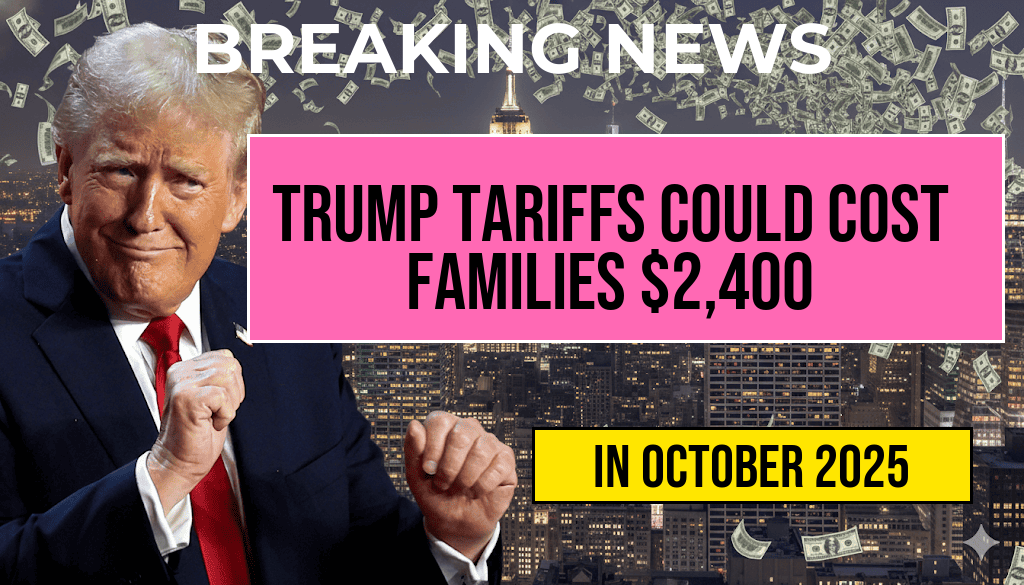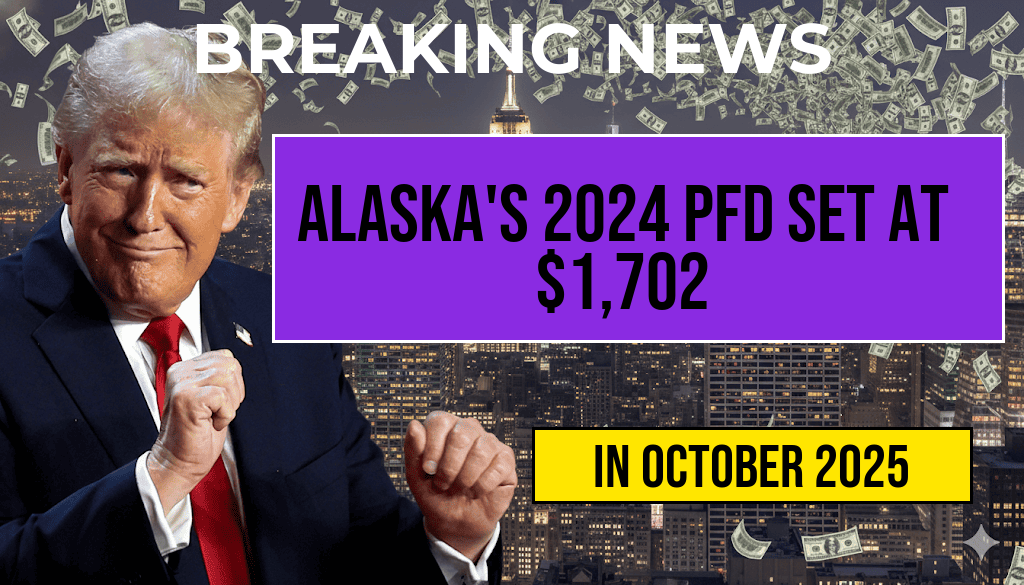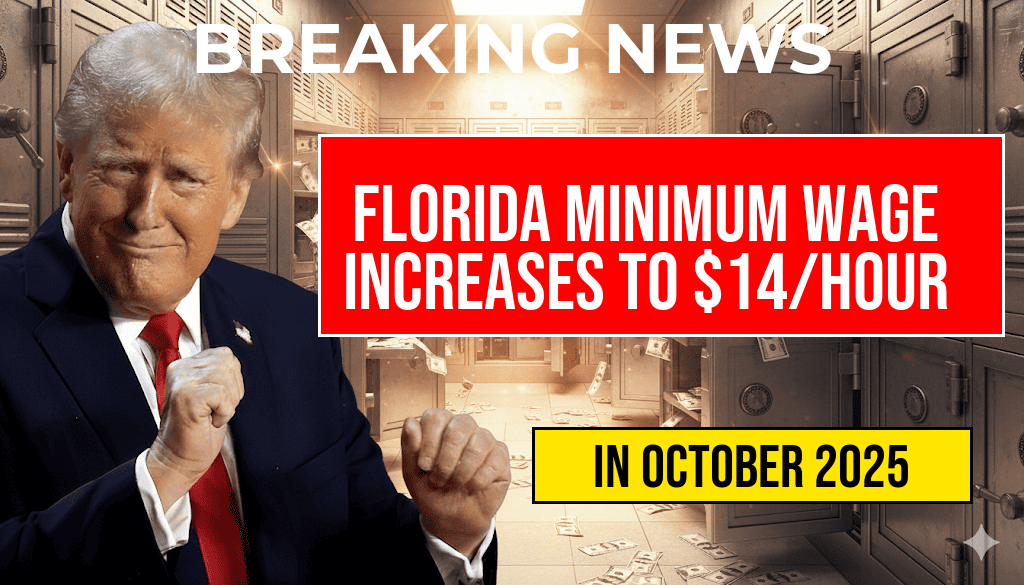The economic implications of the Trump administration’s tariff policies are coming into sharper focus, with a recent analysis estimating that families could face an annual financial burden of approximately $2,400 due to these measures. Dubbed the “Turbulence Tax,” this added expense is attributed to increased costs on a wide range of consumer goods, from electronics to clothing. As the Biden administration grapples with the legacy of these tariffs, economists and policymakers are debating the long-term consequences for American consumers and businesses alike. This article delves into the specifics of how these tariffs affect everyday families and what it means for the future of U.S. trade policy.
Understanding the Tariffs
Tariffs are taxes imposed on imported goods, intended to protect domestic industries from foreign competition. The Trump administration implemented a series of tariffs on various imports, particularly from China, as part of its broader trade strategy. While aimed at boosting American manufacturing, these tariffs have led to higher prices for consumers.
Impact on Household Budgets
According to a recent study by the Tariff Policy Research Institute, the average American family now pays about $2,400 more per year due to these tariffs. This figure encompasses a wide array of products, including:
- Electronics, such as smartphones and laptops
- Household goods, including furniture and appliances
- Clothing and footwear
- Automobile parts and vehicles
The burden of these tariffs can be particularly heavy on low- and middle-income families, who spend a larger percentage of their income on consumer goods compared to wealthier households.
Economic Analysis
Economists have warned that the tariffs may not be achieving their intended goals. A report from the World Trade Organization indicated that while some domestic industries have benefited, many others have suffered from retaliatory tariffs imposed by foreign governments. This has led to a complex web of trade relationships that complicates the overall economic landscape.
Sector-Specific Effects
Different sectors of the economy have experienced unique repercussions from the tariffs:
| Sector | Impact |
|---|---|
| Manufacturing | Some growth in domestic production, but increased costs for raw materials |
| Retail | Higher prices passed on to consumers, reduced sales |
| Agriculture | Export challenges due to retaliatory tariffs |
| Technology | Increased prices for components, affecting innovation |
The Political Landscape
The Biden administration has faced pressure to reevaluate these tariffs, particularly as inflation continues to affect American families. Some lawmakers argue that removing or reducing tariffs could alleviate financial pressure on households, while others maintain that they are necessary to protect American jobs.
The debate continues to unfold in Congress, with various proposals being put forth. Some leaders advocate for a complete rollback of tariffs, while others suggest a more measured approach that would gradually ease restrictions on certain goods.
Future Considerations
The long-term effects of these tariffs remain uncertain. As global supply chains continue to adjust, the economic landscape may evolve in unexpected ways. Analysts suggest that families should prepare for ongoing fluctuations in prices as trade policies are debated and potentially revised.
Ultimately, the challenge lies in balancing the protection of American industries with the economic realities faced by consumers. As discussions progress, the implications of the “Turbulence Tax” will likely remain a focal point for both policymakers and everyday families.
For more detailed insights on the implications of tariffs, visit the Wikipedia page on tariffs or explore the CNBC analysis on their economic impact.
Frequently Asked Questions
What are the Trump Tariffs?
The Trump Tariffs refer to a series of tariffs imposed by the Trump administration on various imported goods, aimed at protecting American industries and reducing trade deficits.
How much financial burden could these tariffs place on families?
According to recent analyses, the tariffs may impose an annual financial burden of approximately $2,400 on American families, which has been termed the ‘Turbulence Tax’.
Which products are most affected by these tariffs?
The tariffs impact a wide range of products, including consumer electronics, clothing, and household goods, leading to increased prices for everyday items.
What is the purpose of the ‘Turbulence Tax’ label?
The term ‘Turbulence Tax’ is used to describe the economic instability and financial strain that these tariffs could create for families as they navigate rising costs.
Are there any potential benefits to the tariffs?
Proponents of the Trump Tariffs argue that they may help to protect domestic jobs and industries, potentially leading to job growth in certain sectors despite the increased costs for consumers.












